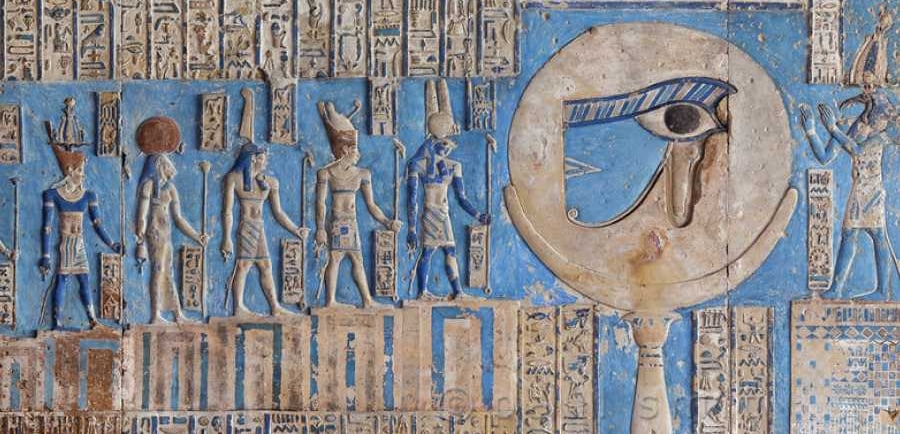🏺The First Man-Made Colour 💙The Egyptian Blue
A follow-up story from the chapter "Colour" in the Art Album. 🌈 Stories About Colors takes children on a vivid journey through history to explore how colours have shaped and connected cultures around the world. 🌍🎨 From the cave art of early humans to the vibrant pigments traded along the Silk Roads for thousands of years 🌊, each colour holds its own story of discovery, symbolism, and meaning. Children will uncover how natural elements like minerals, plants 🌿, and even animals 🐦 contributed to the palettes of early artists, linking art with the environment. This exploration invites children to see colours not only as materials on their art shelves 🎨 but as a bridge to the world around them and the history of human creativity. They’ll be inspired to ask, “Where did this colour come from?” and “How was it discovered?” — sparking curiosity about the hidden stories within each hue they encounter.
ART STORIES
11/14/20242 min read


Have you ever tried to make the same color as the color of the sky or the deep blue of a river? 🌊💙 Long ago, people in ancient Egypt dreamed of creating a color as magical as the Nile River and the wide, endless sky. They wanted a shade of blue that would last forever—a color so special it would be worthy of their gods, kings, and queens. That’s how Egyptian Blue was born over 5,000 years ago, around 3000 BCE. It became the first man-made color.
This blue wasn’t like other colors made from crushed plants , snails or ground-up rocks. It was created in a special way, like an ancient science experiment! People in Egypt discovered they could make this stunning blue by mixing limestone, sand, and copper and heating them at incredibly high temperatures—so hot you could bake bread in seconds! 🍞🔥 This process turned the mixture into a powder that, when mixed with water, became a beautiful, strong blue paint. Egyptian Blue was the first color made entirely by people instead of finding it ready-made in nature.
They believed this color was sacred and powerful, perfect for honoring the gods and protecting the spirits of pharaohs in the afterlife. The blue symbolized the Nile, the heavens, and even safety in the next world. Egyptians often painted their gods with blue, especially Amun-Ra (the god of the sun) and Hathor (the goddess of joy and love). Only royalty and important people had access to this color, making it a true color of kings and queens. 👑✨
And do you know what is truly amazing? Egyptian Blue glows under special light! Scientists have discovered that if they shine an invisible kind of light called infrared on objects with Egyptian Blue, the blue gives off a bright glow. It’s like it has a secret light hidden inside! 🔦💙 This special glowing ability helps scientists find and study ancient Egyptian Blue without needing to scrape it off artifacts, preserving these treasures even after thousands of years.
But this sacred color didn’t stay in Egypt; it traveled across the Mediterranean Sea to places like Greece and Rome, where artists fell in love with this beautiful, mysteruous blue. They used Egyptian Blue to paint pottery, decorate mosaics, and even create murals on walls. 🌊🏛️Traces of Egyptian Blue were discovered in the ancient city of Pompeii, in Italy, preserved under layers of volcanic ash after the eruption of Mount Vesuvius in 79 CE. The unique recipe made this blue incredibly durable, allowing the vibrant color to survive on artifacts for thousands of years, looking just as brilliant as it did back then!
Egyptian Blue traveled far and wide, bringing the magic of the Nile and the ancient skies centuries later. I wonder how many shades of blue can you create? Remember , when you add black it becomes darker the color, when you add white, it makes it lighter. 🌌💙 Maybe one of your shades will look just like Egyptian Blue! Experiment with light and dark tones, who knows—you might even discover a shade of blue that’s all your own, with its own story to tell for thousands of years! 🎨✨
With Montessori joy,
Vanina 😊

